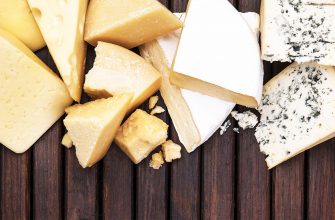Close your eyes and imagine the azure waters of the Mediterranean Sea, the bright sun in the sky, and lush vineyards stretching as far as the eye can see. Now, imagine sipping a glass of sweet, luscious dessert wine that captures the essence of this vibrant region. This is the allure of Mediterranean dessert wines.
Vin Santo: The Sacred Wine of Italy 
Our first stop on this sweet exploration is Italy, specifically the picturesque region of Tuscany. Here, the local wine artisans produce Vin Santo, a heavenly dessert wine.
Ingredients for Vin Santo:
- Select white grapes (Trebbiano Toscano and Malvasia Bianca Lunga are traditional)
- Time and patience
The process starts in the late summer when grapes are hand-picked and left to dry naturally in the open air. They are then pressed and fermented slowly in small oak barrels. The wine matures in these barrels for several years, developing a rich and complex flavor.
The result? A honey-colored wine with notes of almond, dried fruit, and caramel. Vin Santo can be enjoyed with biscotti, a classic Italian almond biscuit, perfect for a process called “cantucci,” which is the Italian tradition of dipping biscotti in the wine.
Commandaria: The Ancient Wine of Cyprus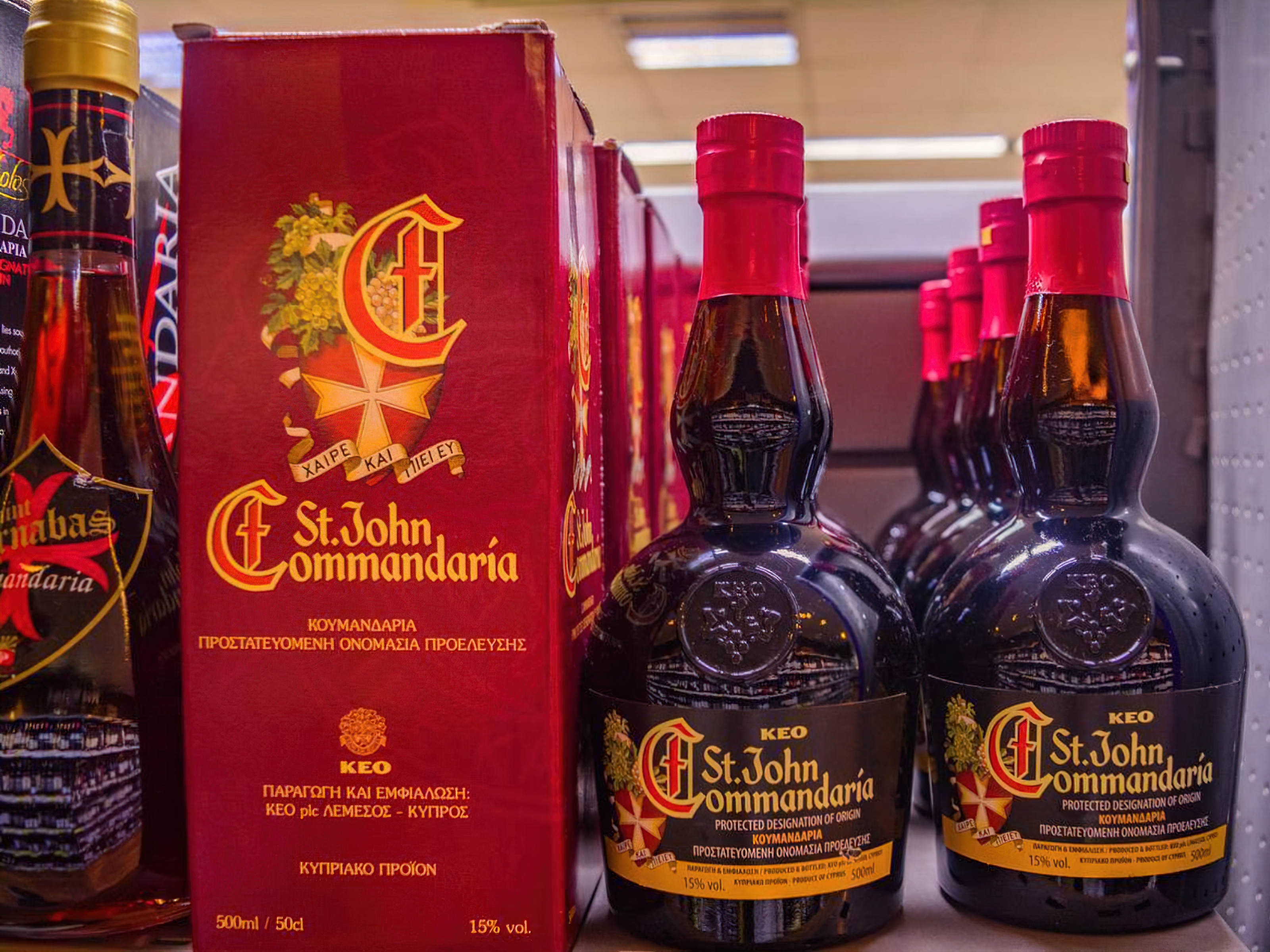
Moving east, we land on the sunny island of Cyprus, home to Commandaria, a wine that holds the title as the oldest named wine still in production.
Ingredients for Commandaria:
- Indigenous grapes of Cyprus (Xynisteri and Mavro)
- Sunny slopes of southern Cyprus
The grapes are harvested late and sun-dried to increase the sugar content. The wine is then aged in oak barrels, sometimes for years, to develop its unique flavor.
Commandaria is a robust, intensely flavored wine with a rich amber color. With hints of raisins, spices, and caramel, it pairs well with rich, creamy desserts or can be savored on its own.
Muscat de Valencia: The Spanish Expression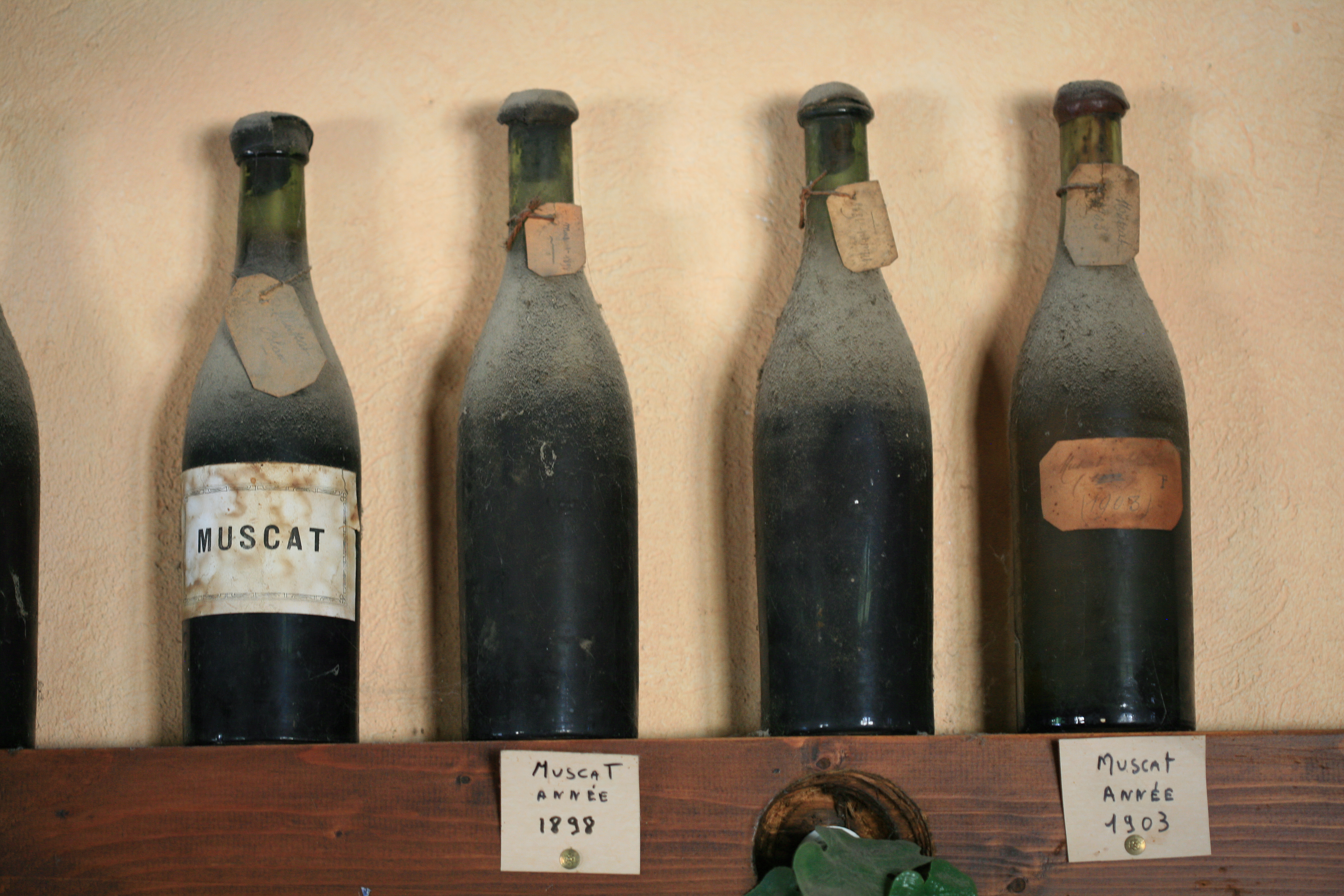
Our final stop on this journey is the sunny coast of Valencia in Spain. This region is known for its Muscat dessert wines, specifically, Muscat de Valencia.
Ingredients for Muscat de Valencia:
- Muscat of Alexandria grapes
- Warm Valencian sun
These wines are made from ripe Muscat of Alexandria grapes, producing a wine that is both sweet and fragrant. After a careful winemaking process, the wines are aged in barrels to develop a deeper complexity.
With the essence of fresh grapes and tropical fruits, Muscat de Valencia is a beautifully balanced wine. Enjoy it with fresh fruits, mild cheese, or simply by itself to end a meal on a sweet note.
Liqueur Muscat: A Taste of Australia’s Mediterranean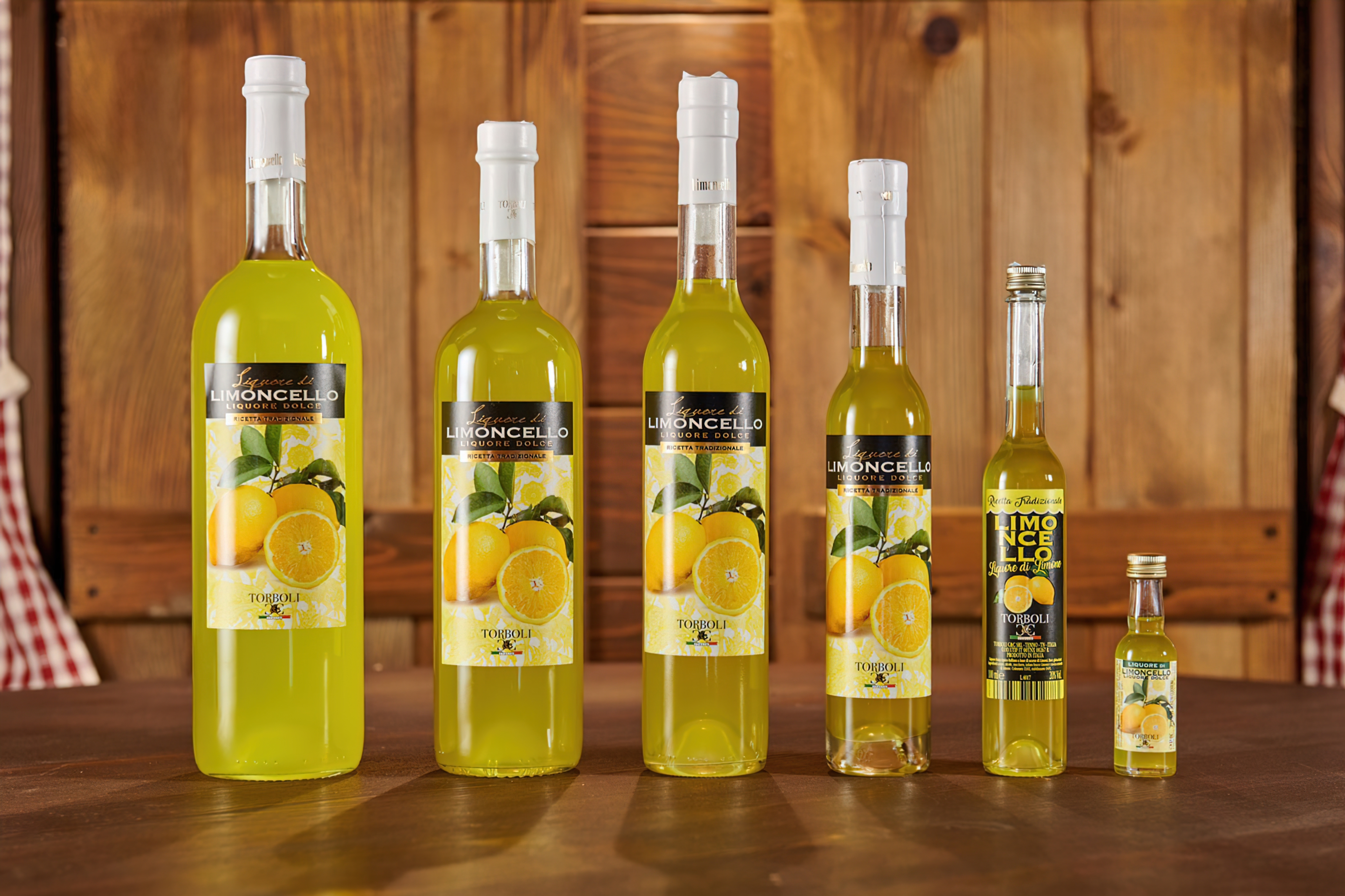
Now, let’s leave the Mediterranean and take a detour down under, to Australia. Though not a traditional Mediterranean country, Australia’s Rutherglen region has built a reputation for producing world-class fortified Muscat dessert wines, known as Liqueur Muscat.
Ingredients for Liqueur Muscat:
- Muscat à Petits Grains Rouge grapes
- Australian sun
The grapes are left on the vine to fully ripen, producing a high sugar content. After crushing and partial fermentation, the wine is fortified with grape spirit to stop fermentation, preserving its natural sweetness. The wine then matures in a warm environment, often for many years, developing complex flavors and a rich, deep brown color.
The Australian Liqueur Muscat is intense and luscious, with a bouquet of fruit cake, chocolate, and caramel. Enjoy it with a variety of desserts like chocolate pudding or creamy blue cheese.
The Quintessential Tokaji Aszú of Hungary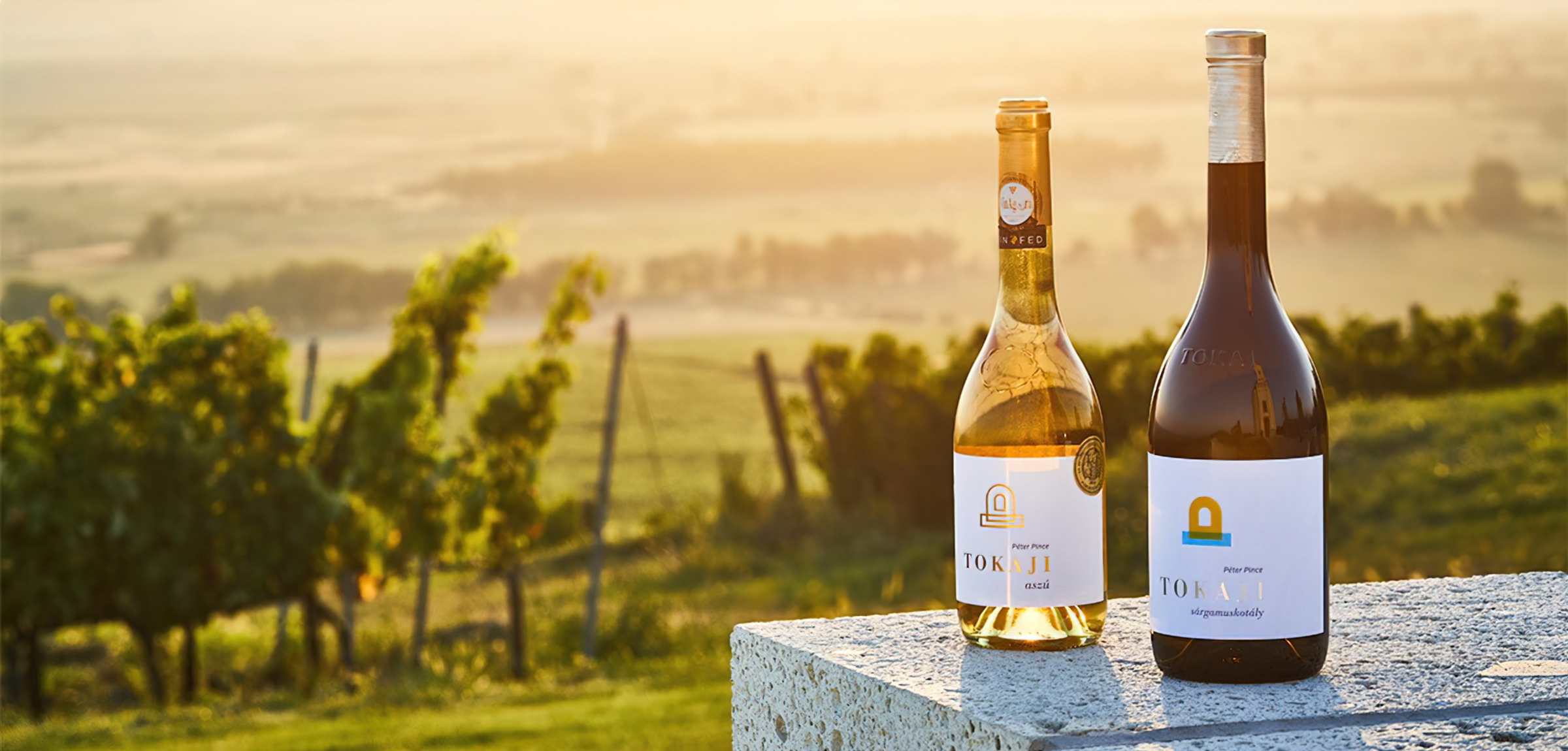
Let’s go back to the Mediterranean region, this time heading to the historic wine region of Tokaj in Hungary. The pride of this area is Tokaji Aszú, one of the world’s finest and oldest dessert wines.
Ingredients for Tokaji Aszú:
- Furmint and Hárslevelű grapes
- Noble rot (Botrytis cinerea)
Unlike other dessert wines, Tokaji Aszú is made from grapes affected by noble rot, a fungus that shrivels the grapes and concentrates their sugars. These ‘aszú’ berries are handpicked and added to a base wine, where they infuse their sweet, complex flavors. The wine is then aged in oak barrels within cool, subterranean cellars, allowing it to develop its unique characteristics over years, often decades.
Tokaji Aszú is a golden elixir with an excellent balance of sweetness and acidity. With flavors of honey, apricot, and orange peel, it pairs wonderfully with foie gras, blue cheese, or fruit-based desserts.
Conclusion
Exploring dessert wines is a journey full of delightful surprises. From the sun-kissed vineyards of Italy, Cyprus, Spain, Australia to the noble rot-affected grapes of Hungary, these wines offer a sweet journey around the world. Each sip is a testament to the beauty of wine craftsmanship and the delicious richness that the world of wine offers. Embark on this exploration, and let your palate be your guide!
